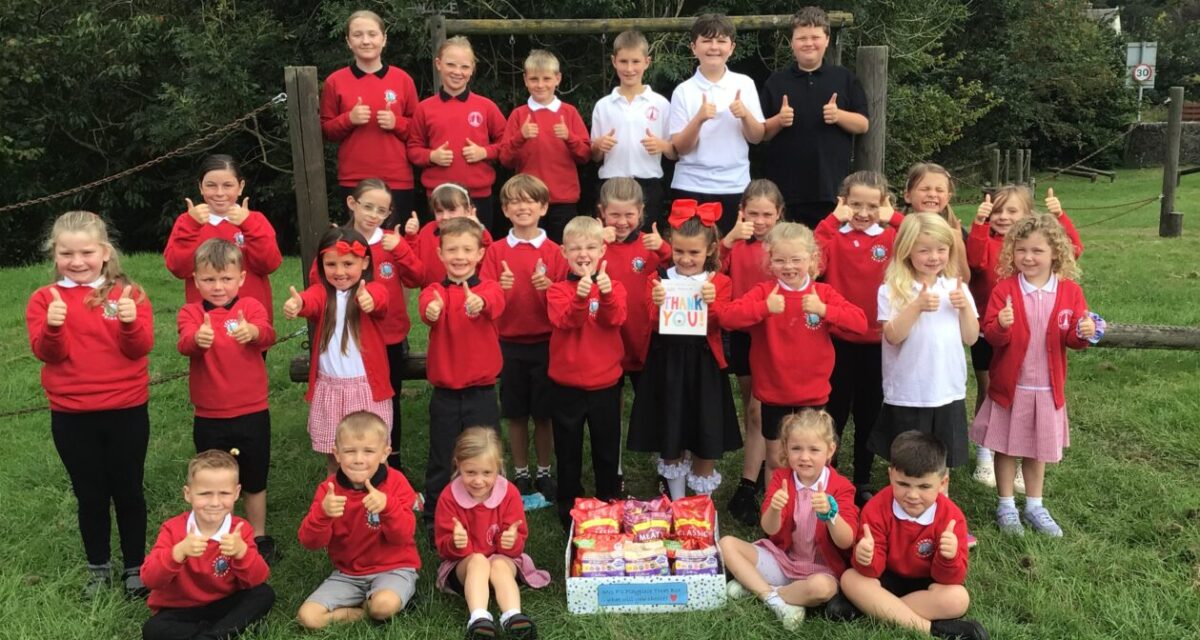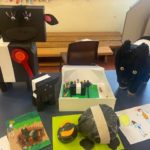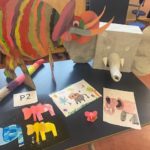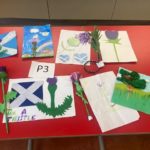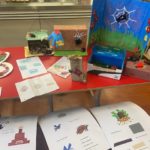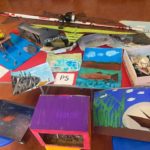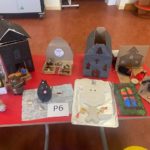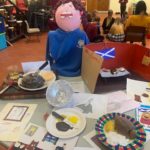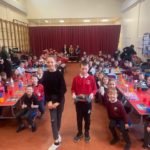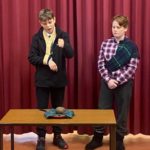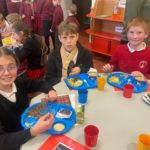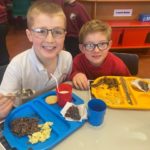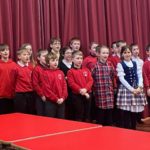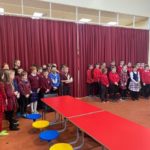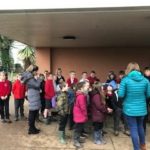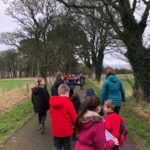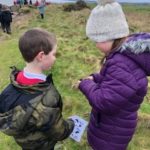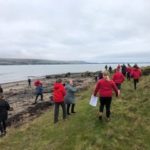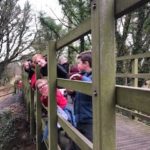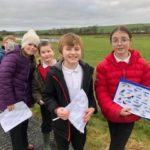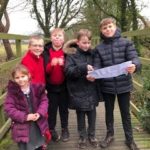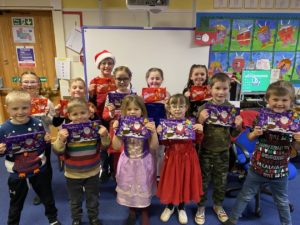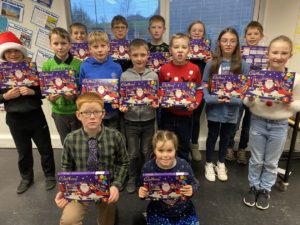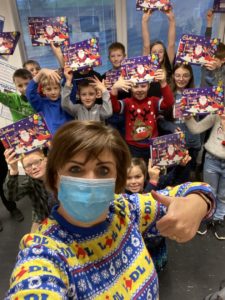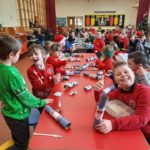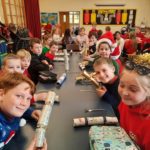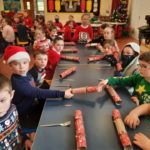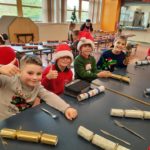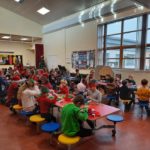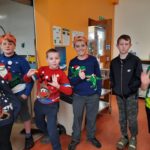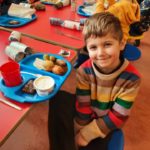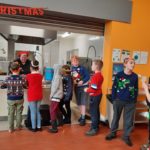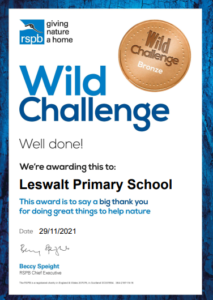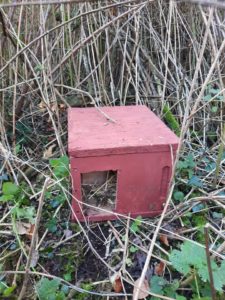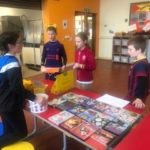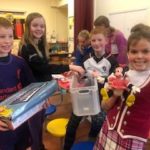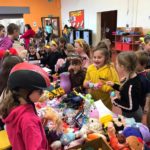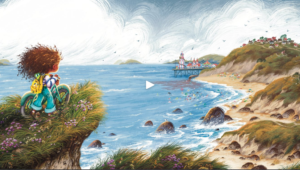P1 – ‘Bull Sale’
Recitation winners : 1. Rory Calvert (KKM); 2. Ross Warwick (KKM); 3. Bobby Shaw (LES)
Illustration winners ; 1. Ellie Burton (LES); 2. Ross Warwick (KKM); 3. Rory Calvert (KKM)
Handwriting winners; 1. Rory Calvert (KKM); 2. Ross Warwick (KKM); 3. Freddie Adams (KKM)
P2 – ‘The Elephant’
Recitation winners : 1. Rebecca Manson (KKM); 2. Lily Bennewith (LES); 3. Cameron Clarke (KKM)
Illustration winners : 1. Cameron Clarke (KKM); 2. Rebecca Manson (KKM); 3. Callum Dougan (KKM)
Handwriting winners : 1. Rebecca Manson (KKM); 2. Paige Neill (KKM); 3. Lily Bennewith (LES)
P3 – ‘Tae a Thistle’
Recitation winners : 1. Colin McGregor (LES); 2 .Arran Farquhar (KKM); 3. Ben Thomson (LES)
Illustration winners; 1. Roman Haver (LES); 2. Ruby McMillan (KKM); 3. Rachael Drummond (LES)
Handwriting winners; 1. Rachael Drummond (LES); 2. Colin McGregor (LES); 3. Murray Reid (LES)
P4 – ‘Beasties’
Recitation winners : 1. Ewan Clark (LES); 2. Ela Chang (LES); 3. Ivan Turtle (KKM)
Illustration winners : 1. Phoebe Manson (KKM); 2. Ewan Clark (LES); 3. Archie Ashton (KKM)
Handwriting winners : 1. Ela Chang (LES); 2. Phoebe Manson (KKM); 3. Ellie Bennewith (LES)
P5 – ‘The Auld Troot
Recitation winners : 1. Jack Howie (KKM); 2. Hamish McGregor (LES); 3. Havana Diyani (KKM)
Illustration winners: 1. Lydia Adams (KKM); 2. Carys McHallum (LES); 3. Danny Dougan (KKM)
Handwriting winners : 1. Faye Adams (LES); 2. Danny Dougan (KKM); 3. Sally Drummond (KKM)
P6 – ‘The Moosie’s Prayer’
Recitation winners : 1. Alexander Clark (LES); 2. Thomas Agnew (LES); 3. Rose Santangeli (LES)
Illustration winners : 1. Thomas Agnew (LES); 2. Fraser Reid (LES); 3. Noah McGrory-Thompson (KKM)
Handwriting winners : 1. Rose Santangeli (LES); 2. Thomas Agnew (LES); 3. Olivia Johnstone (KKM)
P7 – Anything by Burns
Recitation winners : 1. Luke Butler (KKM); 2. Aidan Adams (LES); 3. Murray Williams (LES)
Illustration winners : 1. Olivia Turtle (KKM); 2. Breagh Kirkpatrick (LES); 3. Malcolm McGregor (LES)
Handwriting winners : 1. Emma Drummond (KKM); 2. Miley Adams (KKM); 3. Calder Farquhar (KKM)
